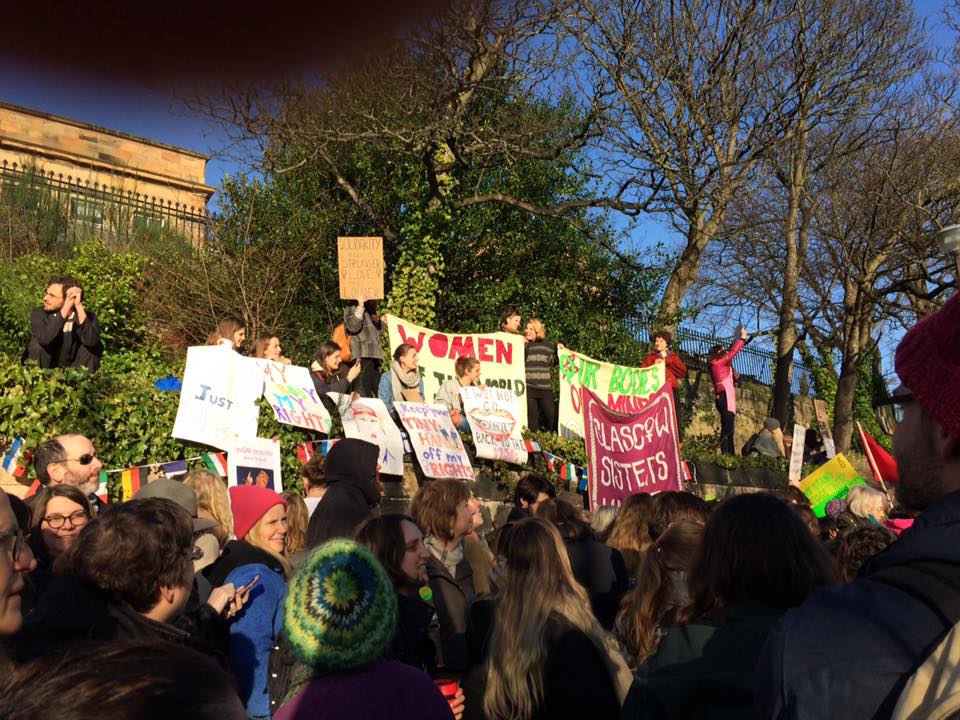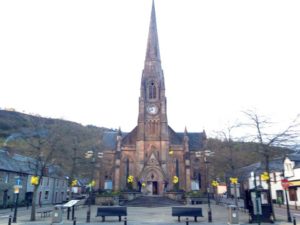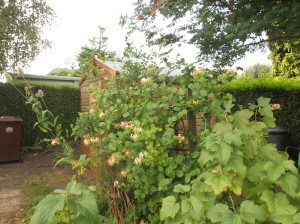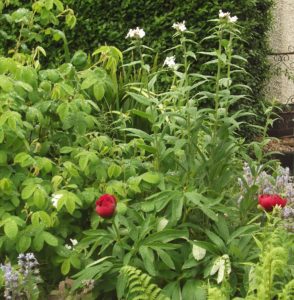On Friday I was at readings by three poets from House of Three – Marjorie Lotfi Gill, Nalini Paul and Iona Lee, and by Kayo Chingoni and Norman Bissell, and in the evening, the big centre stage event with extended readings from Jacques Darras and Kathleen Jamie. Stunning as they all were – and Iona Lee and Jacques Darras were especially noteworthy – full of energy and innovation – I want to write today about an event which I expected to find fully subscribed, but which was in the event, not really well attended.
It was called Making a Living as a Poet, and I really expected to find it full of people dreaming of giving up the day job, but no. Perhaps everyone in and around poetry has already realised the first and most important point that was made – that this is in fact an impossible dream.
No-one makes a living from poetry, and in fact, no-one ever has.
The speakers, Harry Giles, Ken Cockburn and Sarah Hesketh, reiterated this, Harry Giles in particular with facts figures and spreadsheets at his disposal to make the point that a life in poetry is only possible if you spend a large chunk of time doing the admin, form filling, funding applications, events management, and often, completely unrelated jobs, just to create time to make art. It is also often only possible if you set your standard of living very low.
It was fascinating to hear about the processes of getting money to make art. All three speakers were clear that it is vital to be available, be flexible to the point of what looks like reckless experimentation – and be reliable and attentive to the requirements of the commissioning body. They pointed out that funding applications are a separate skill, and are not simply a lottery, nor box-ticking exercises, and it was reassuring to hear that small scale projects are not so hamstrung by requirements for ‘outreach’ or utility as is often assumed (small scale is the key here – as Harry Giles points out, if you want a lot of public money, it is only right and proper for the benefits to be shared widely).
But what came out very strongly, and what is something you don’t always hear, is the enthusiasm of funding bodies to support the creation of as much art as is possible, curbed as it might be by lack of means; and the helpfulness of artists in supporting others in the learning process. Sarah Hesketh in particular recommended asking someone who has done it to give helpful tips, and says it is very rare for an artist to refuse.
However, the best quote of the morning came from poet and publisher Colin Will. ‘I couldn’t make a living from poetry, but I have made a life.’









